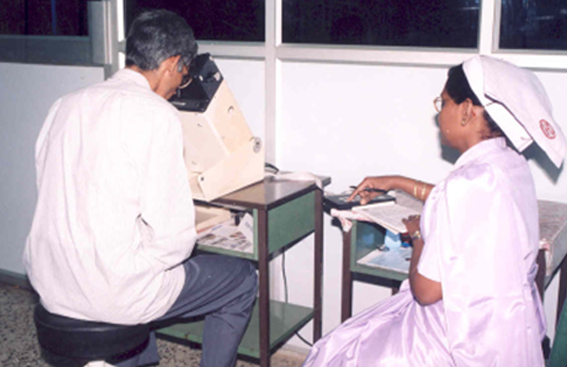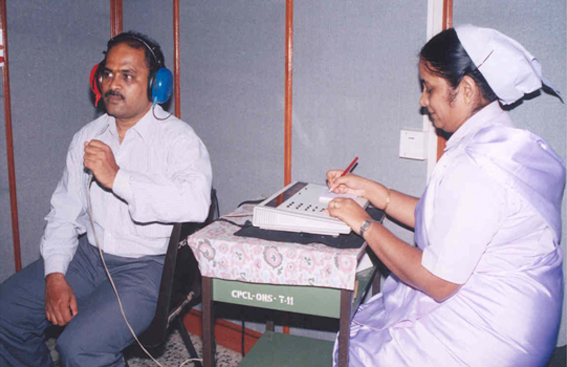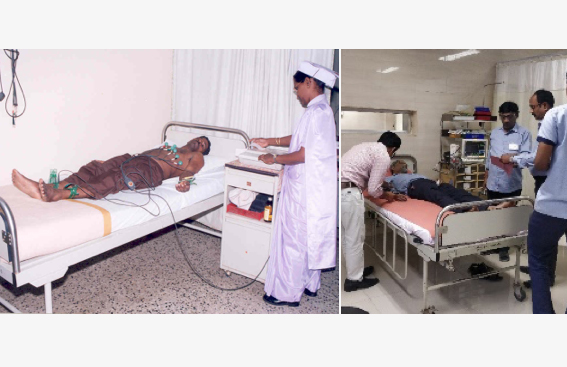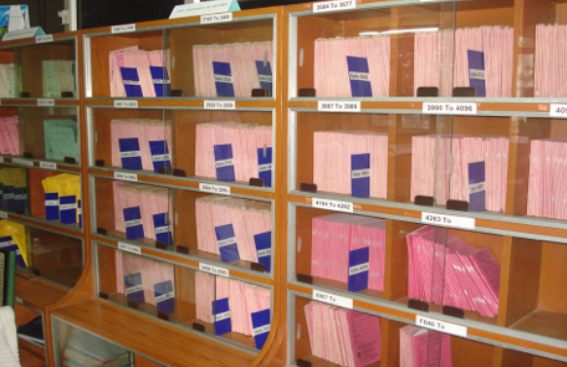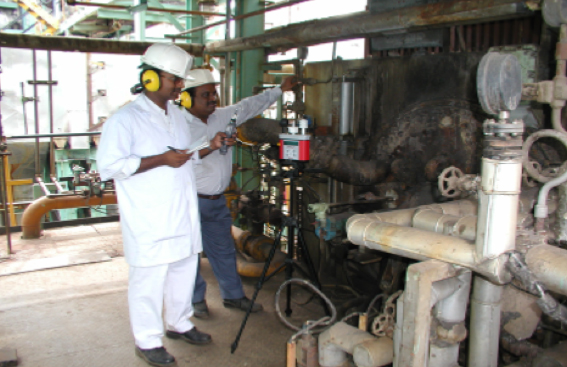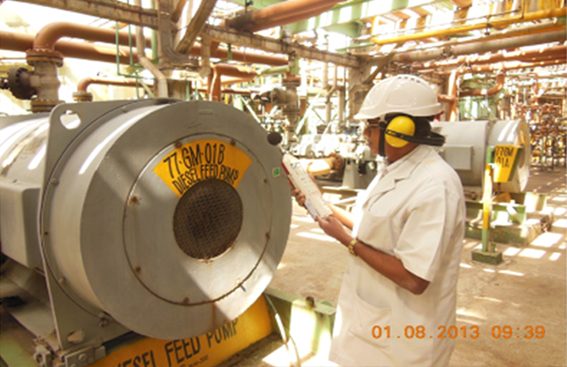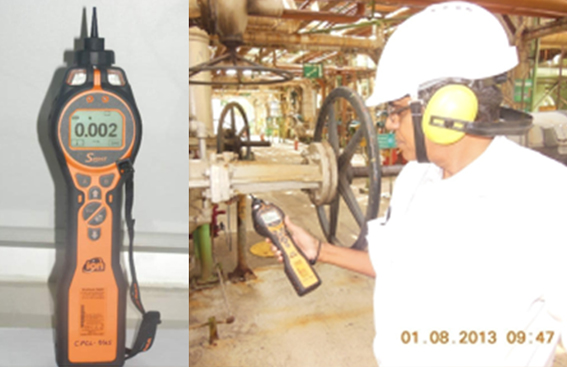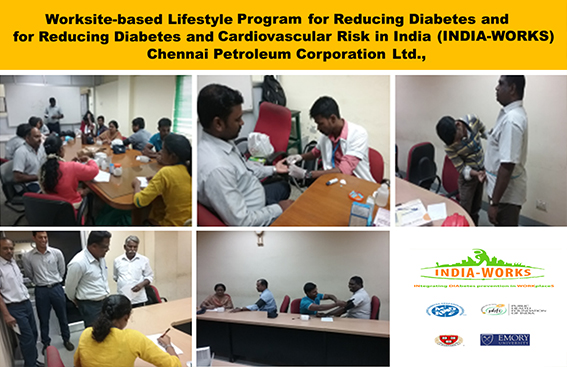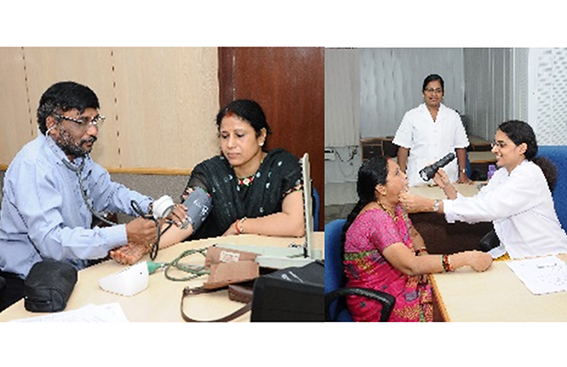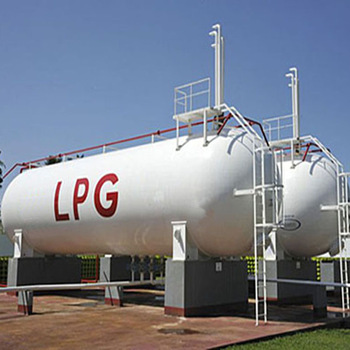Vision
CPCL will be a “MODEL” for what an organization can do to make work more humane and improve the quality of working life
Mission
To promote the health of employees in all occupations through:
- Continually improving the employee working conditions
- Periodic health surveillance of all employees and
- Other related health promotion programs
In a professional, ethical and socially responsible manner
Occupational Health is the application of preventive medicine in all places of employment. The purpose of an Occupational health program is to protect and promote the health of all employed persons.
Occupational health is not limited in scope only to the diagnosis of specific occupational diseases and their treatment .it is necessary to consider not only the traditional specific hazards to health at work but also control of health problems of workers which are closely related to work conditions; are aggravated or influenced by work exposure; are susceptible to control or amelioration by interventions at work. Such a program has several aspects – the personal health of the individuals involved; the health of the occupational group; accurate assessment of the workers’ environment and appraisal of the evidence linking job conditions and exposure to effects on health and the course of the disease.
The petroleum industry operates in the midst of potential hazards. Occupational exposure to gases, complex mixture of hydrocarbons, other chemicals, heat stress, high noise level, etc, .are encountered in the industry. This necessitates constant vigilance through occupational health programs to provide a scientific basis for decisions aimed at protection human health from the adverse consequences of exposure to these substances in the occupational environment.
With this need in mind, Chennai Petroleum Corporation Limited (CPCL) has implemented its in-plant Occupational health services (OHS), in 1992 with a view to providing a comprehensive approach to deal with the full relationship between work and total health of employees.
Analysis Activity
The Centre for OHS in CPCL has fully trained and equipped organizational framework and staff and facilities including precision apparatuses and testers to make quick and high quality scientific work possible
The essential components
- Occupational hygiene monitoring of the work environment that involves the qualitative and/or the quantitative evaluation of environmental agents which may pose health hazards at the workplace.
- Health evaluation of employees
- Health evaluating of employees in relation to work pre-employment periodic.
- Pre-employment /pre-placement examination to ensure that workers are placed on jobs according to their physical capacities, mental abilities and emotional makeup;
- Periodic health examination- “Hazards related biological monitoring” to monitor employee health in relation to specific health hazards, to determine the risk of development of subsequent disease or to identify the disease in its early symptomless state;
- “Well person” screening for early evidence of chronic multifactorial illnesses as varied as ischemic heart disease, hypertension, diabetes mellitus, etc.
- Visual performance screening in order to maintain an individual’s visual abilities to the highest possible levels of efficiency on the job
- Hearing conservation program including measurement of noise and audiometry for measuring acuity of hearing
- Specific protection through immunization.
- “Education for health”, mental health and counseling at the individual level; sickness absence control program; lifestyle modification-alcohol/smoking control program, etc.,
- Development of an efficient data system “health information system” through computerization for storing and organizing information on Occupational Hygiene Data; Medical information, Hazard information on each chemical exposure profile and locations where potential exposure occurred
- Applied research, documentation to disseminate information, a library with a rich collection of latest books, and a number of elective components of the program constitute occupational health services in CPCL.
- The CPCL Occupational Health and Safety Management System have been accredited and certified to conform to Occupational Health & Safety Assessment Standard OHSAS 18001 1999.
- The Centre has been a “resource Centre” to provide professional and technical assistance to other industries for the study of environmental hazards encountered within the industry.
- The Centre has pioneered in developing “Guidelines for Occupational Health Monitoring in Oil & Gas Industry, OISD GDN 166” byOil Industry Safety Directorate (OISD), Ministry of Petroleum& Natural Gas, and the Government of India.
- The center’s expertise extends to consultancy to other industrial organization that includes:
- Workplace environmental monitoring (occupational hygiene) to evaluate employees’ exposure to health hazards at work such as:
- Hearing conservation program including measurement of noise
- Air sampling and analysis
- Occupational toxicology including biological monitoring
- Short term practical training of occupational health professionals, doctors, nurses, and occupational hygienists.
- CPCL’s OHS center has been a precursor for the establishment of similar OHS systems in other oil industries in the country.
- Health Promotion programs: To prevent employees from falling sick and to promote the health employees’ health promotion programs are conducted regularly.
- Glaucoma Screening Program
- Non Communicable Diseases Prevention Program For Employees’ Spouses
- Bone Mineral Density Screening program in 2019



